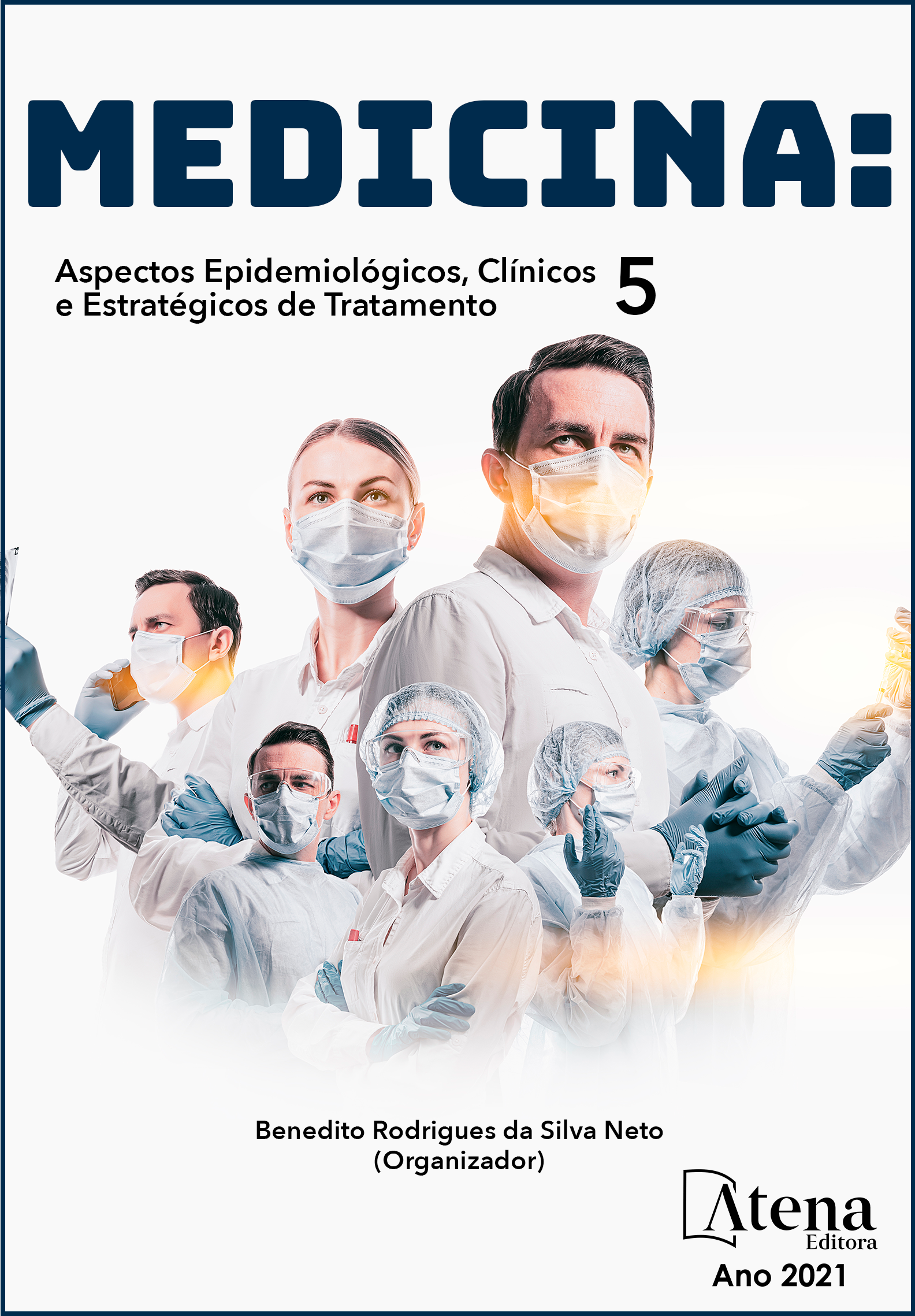
COMPARAÇÃO DA APLICAÇÃO DO PROTOCOLO DE CONTROLE GLICÊMICO ENTRE DUAS CLÍNICAS DE UM HOSPITAL PÚBLICO DE BELO HORIZONTE
A prevalência da hiperglicemia nas enfermarias varia de 38-46% e é caracterizada por aumento da glicemia capilar acima de 140 mg/dL. Entre os pacientes hospitalizados, relaciona- se com o aumento da taxa de mortalidade de 4,39% em relação à 1,06% dos pacientes normoglicêmicos, tornando necessária a padronização de uma conduta que tenha alta eficácia no controle glicêmico. Apesar de existirem recomendações internacionais, como as da American Diabetes Association (ADA), estudos demonstram que há dificuldade em fornecer metas estabelecidas de glicemia. Este presente estudo trata-se de um estudo transversal, feito com pacientes internados com hiperglicemia na Clínica Médica e na Cirurgia Vascular no Hospital Metropolitano Odilon Behrens (HOB), na cidade de Belo Horizonte, no período de abril de 2019 a setembro de 2019, a fim de comparar a aplicação do protocolo de controle glicêmico, segundo as orientações da ADA nessas duas enfermarias. Foram analisadas 15 variáveis extraídas dos prontuários do HOB. Foi estimada a razão de chances ou “odds ratio” (OR) e o intervalo de confiança de 95% da OR. Ao nível de 0,05, não existiu associação das variáveis do protocolo e o tipo de clínica com a mortalidade. Ao nível de 0,052, pode-se considerar a tendência de que a variável “4 medidas de glicemia no dia” teve associação com a mortalidade. Os pacientes que não tiveram 4 medidas de glicemia no dia tiveram 7,69 vezes (IC 0,02 - 1,02) chances de morrer comparado com os pacientes que tiveram 4 medidas de glicemia. A chance do paciente que a glicemia não foi medida no primeiro dia de ter tempo de internação superior ou igual a 30 dias foi de 9,30 (IC 2,01- 43,02) vezes a do paciente que foi medido. Foi possível concluir que não houve diferença entre as enfermarias considerando os principais desfechos: taxa de mortalidade e TPH.
COMPARAÇÃO DA APLICAÇÃO DO PROTOCOLO DE CONTROLE GLICÊMICO ENTRE DUAS CLÍNICAS DE UM HOSPITAL PÚBLICO DE BELO HORIZONTE
-
DOI: 10.22533/at.ed.5722112058
-
Palavras-chave: Hiperglicemia, controle glicêmico, protocolo de controle glicêmico, hipoglicemia.
-
Keywords: Hyperglycemia, glycemiccontrol, glycemiccontrolprotocol, hypoglycemia.
-
Abstract:
The prevalence of hyperglycemia in the wards varies from 38-46% and is characterized by an increase in capillary glycemia above 140 mg / dL. Among hospitalized patients, it is related to an increase in the mortality rate of 4.39% compared to 1.06% of normoglycemic patients, making it necessary to standardize a conduct that is highly effective in glycemic control. Despite international recommendations, such as those of the American Diabetes Association (ADA), studies show that it is difficult to provide established blood glucose targets. This present study is a cross-sectional study, carried out with inpatients with hyperglycemia at the Internal Medicine and Vascular Surgery at Hospital Metropolitano Odilon Behrens (HOB), in the city of Belo Horizonte, from April 2019 to September 2019, in order to compare the application of the glycemic control protocol, according to the ADA guidelines in these two wards. Fifteen variables extracted from the HOB records were analyzed. The odds ratio or odds ratio (OR) and the 95% confidence interval of the OR were estimated. At the 0.05 level, there was no association between the protocol variables and the type of clinic with mortality. At the level of 0.052, one can consider the trend that the variable “4 blood glucose measurements in the day” was associated with mortality. Patients who did not have 4 blood glucose measurements on the day had 7.69 times (CI 0.02 - 1.02) chances of dying compared to patients who had 4 blood glucose measurements. The patient's chance that blood glucose was not measured on the first day of having a length of stay greater than or equal to 30 days was 9.30 (CI 2.01- 43.02) times that of the patient who was measured. It was possible to conclude that there was no difference between the wards considering the main outcomes: mortality rate and TPH.
-
Número de páginas: 23
- Kaique Magno Scandian Dos Santos
- Larissa Lopes de Aguiar
- Poliana Fonseca Dutra Franco
- Thallys de Padua Nascimento Santos
- Bruna Fernanda Deicke Mendes


